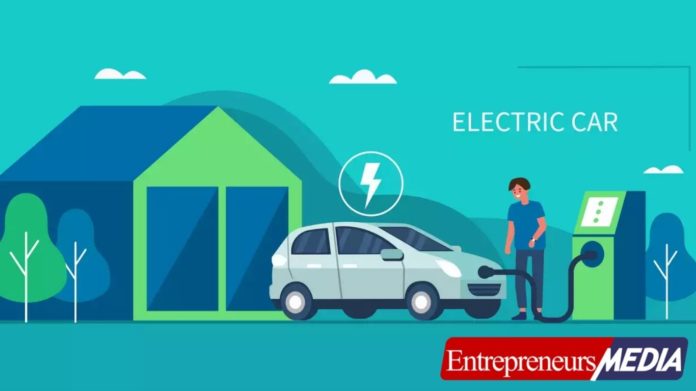In India, the Electric Vehicles industry is growing. The state governments have introduced policies and incentives. To encourage the use of electric vehicles in the country, as well as rules and standards. While transitioning from internal combustion engines to electric motors will help the country. There are problems such as a lack of charging infrastructure, and a high initial cost. And a lack of electricity provided from renewable sources.
Despite this, e-commerce companies, automotive manufacturers, and app-based transportation network companies. And mobility solution providers have entered the market. And are gradually increasing Electric Vehicles’ capacity and visibility.
Government Policies For Electric Vehicles.
“India will be a manufacturing powerhouse for Electric Vehicles. Over the next five years,” said Union Road Transport Minister Nitin Gadkari. Adding that some countries do not want to deal with China after the COVID-19 dispute. Which might be an opportunity for India.
To assist India to become the next global manufacturing center for electric vehicles. The minister urged Indian automakers to improve their electric vehicle technology. And work on developing alternatives to sodium batteries battery technology.
“In the next five years, I am confident that India will become the world’s leading manufacturer. Of electric buses, and automobiles. And two-wheelers.” The fact is that the majority of countries have lost interest in engaging with China. Has turned out to be a blessing in disguise. As a result, India now has a big potential,” Gadkari remarked.
During a webinar titled ‘India’s Electric Vehicle Roadmap Post COVID-19,’ Gadkari commented. The minister’s drive into the EV sector comes at a time. When relations between India and China are tight. Following a border standoff on the 15th and 16th of June that resulted in the deaths of 20 Indian soldiers.
China has been the world’s leader in electric car production. Accounting for more than 80% of all EVs sold worldwide. The country has a monopoly on the sodium battery cell market. Because it has the world’s fourth-largest lithium reserves. From little electric two-wheelers to commercial electric vehicles. Sodium battery packs are already in use.
In 2013, India announced the ‘National Electric Mobility Mission Plan 2020’. To address national energy security, and roadway pollution. And the expansion of indigenous manufacturing capabilities. The Indian government has stated that it intends to make a big shift to electric vehicles by 2030. Reiterating its commitment to the Paris Agreement.
The Delhi government approved 1,000 low-floor, air-conditioned electric buses. For use in the city’s public transportation system in 2019. The city approved the use of electric buses. In the city’s public transportation system. The government will provide a subsidy of up to Rs 75 lakh or 60% of the bus’s cost. Whichever is lower.
What is the status of electric vehicles in India?
According to the Accelerated e-Mobility Revolution for India’s Transportation (e-Amrit) portal. Only 7,96,000 electric vehicles were registered in India as of December 2021. With 1,800 public charging points.
It demonstrates that the country still has a long way to go to achieve the necessary percentage. When compared to sales of traditional ICE automobiles. The sales growth has been 133 percent from FY 2015 to FY 2020.
The adoption rate of electric vehicles in India is slow. Owing to because more expensive than ICE(internal combustion engine) vehicles. It has an impact on purchasers’ buy decisions. Particularly in the lower-end automotive category.
The high cost of EVs is due to the escalating cost of batteries. These batteries are expensive to import from countries. China, Japan, and Australia making EVs more expensive than their ICE counterparts.
The government has been implementing Production-Linked Incentive (PLI) schemes. To promote market demand in priority categories. Such as electric two-wheelers and localize production of localized components. Such as ACC battery storage, electric cars, and various auto-related components. Moreover, many Indian states have enacted EV regulations to encourage investment. And make EV adoption more appealing to the general public.
India is promoting renewable energy capability, which has received international acclaim. EV manufacturers and users will be more incentivized. As a result of this massive transition. Electric mobility will also enjoy the creation. And implementation of stricter legislation targeted at encouraging the adoption of EVs.
What are the Advantages of Electric Vehicles?
Modern life requires transportation, yet the typical combustion engine is soon becoming obsolete. Vehicles that run on gasoline or diesel emit a lot of pollution. And are being phased out in the government electric vehicles. EVs have no tailpipe emissions and are better for the environment. You may take part in the electric vehicle revolution. Will your next car be an electric vehicle?
Lower operating costs:
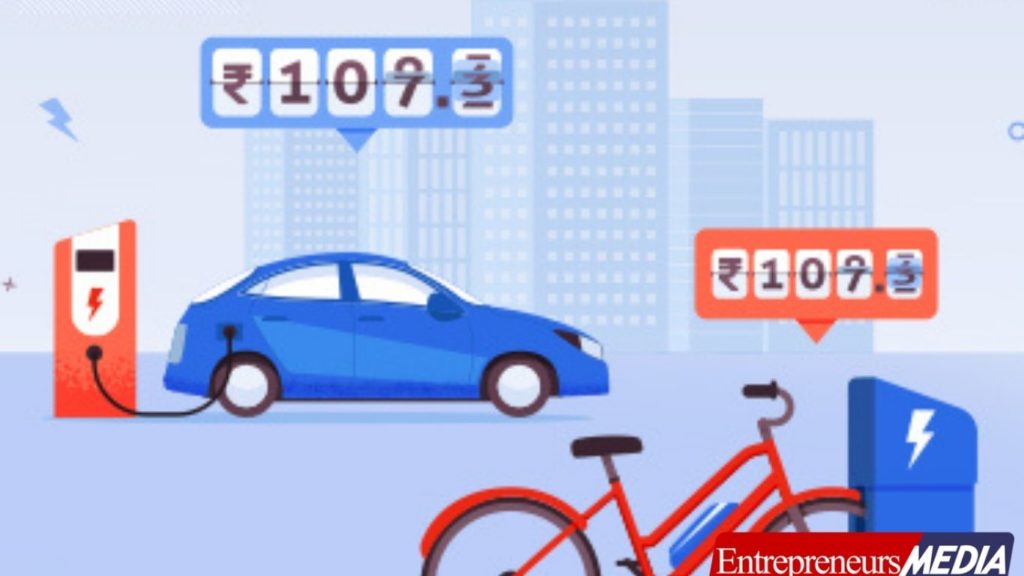
An electric vehicle’s operating costs. Are lower than those of comparable gasoline or diesel vehicle. Electric vehicles charge their batteries with electricity. Rather than fossil fuels like gasoline or diesel. They are more fuel-efficient, and when combined with the cost of energy. Charging an electric vehicle is less expensive. Then fill a gasoline or diesel vehicle for your travel needs.
Electric vehicles can be made more friendly by using renewable energy sources. The cost of electricity can be further decreased if charging is done at home. With renewable energy sources such as solar panels.
Low-cost maintenance:
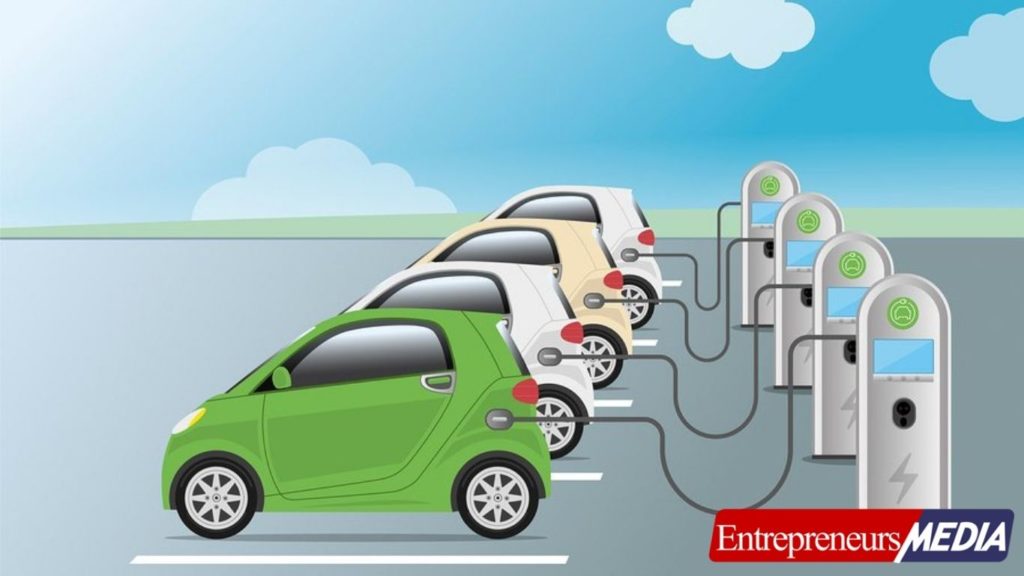
Electric vehicles have fewer moving parts. Then internal combustion vehicles, resulting in lower maintenance costs. Electric automobiles have fewer maintenance requirements than typical petrol or diesel vehicles. As a result, the annual cost of operating an electric car is quite low.

No Emissions from the Tailpipe:
Electric vehicles emit no exhaust emissions. They can help you cut your carbon footprint. Choose renewable energy sources for home electricity to further lessen. The environmental impact of charging your vehicle.
Financial and tax advantages:
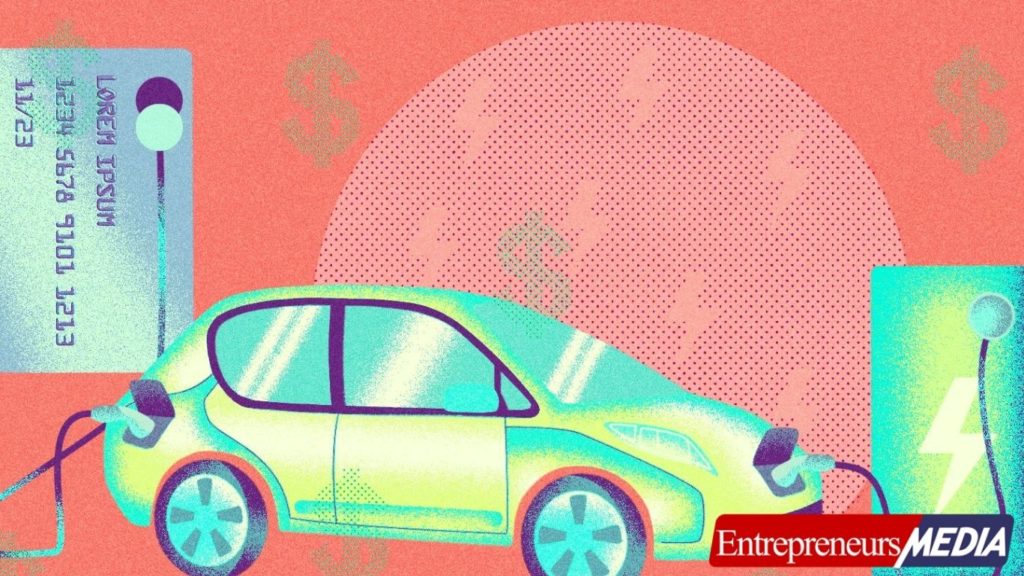
You may believe that buying an electric vehicle is more expensive than buying one. With an internal combustion engine, this is due to the greater upfront cost. Electric vehicles have a lower effective cost during their lifetime.
The government provides a variety of financial advantages. To help you afford an electric vehicle. The following are the main mechanisms for obtaining incentives. Incentives for purchasing, Coupons, Subventions for Interest, Exemption from road taxes. Exemption from the registration fee, Bebenefitsrom income taxes, and getting rid of incentives.
The use of gasoline and diesel is harming our planet:

Fossil fuels are limited in supply, and their consumption is hurting our world. Toxic pollutants from gasoline and diesel automobiles have long-term negative health consequences. Electric automobiles emit far fewer pollutants than gasoline or diesel vehicles. Electric vehicles can convert roughly 60% of electrical energy. From the grid to power the wheels. But gasoline and diesel cars can only convert 17% to 21%. Of the energy contained in the fuel to the wheels. That’s a waste of about 80% of the time.
Even when power production is taken into account. Petrol or diesel vehicles release roughly three times. More carbon dioxide than the average EV. To lessen the environmental impact of charging electric vehicles. India aims to reach a cumulative electric power installed capacity of around 40%. From non-fossil fuel-based energy resources by 2030. As a result, electric vehicles represent the future of Indian transportation. And we must make the transition today.
EV is simple to operate and is quite quiet:

EVs have no gears and are easy to drive. There are only three buttons to operate. Speed up, brake, and steer. plug your vehicle into a home or public charger when you need to charge it. Electric vehicles are also quiet. Which helps to reduce noise pollution caused by traditional automobiles.
Charging at home is more convenient:

Imagine being stuck in a crowded gas station during rush hour, and you’re running late for work. With an electric vehicle, these issues can be solved. Leave your vehicle plugged in for 4-5 hours at your home charger before you go.
It is quite simple to plan your excursions if you can get a charger where you park at home. What happens if you fail to connect your machine at some point? If you’re riding a two-wheeler on the road. You can use quick chargers or even battery-changing services.

There is no noise pollution:
No engine under the hood and may run. You have to peep into your instrument panel to see. If the electric motor is turned on because it runs so. Because electric vehicles are so quiet. Manufacturers must create fake sounds to make them safe for pedestrians.
What are the Dis-Advantages of Electric Vehicles?
When considering whether an EV is right for you, you must analyze both sides of the equation. Despite the country’s tremendous push to increase the number of electric vehicles. On the road, there are reverential drawbacks or disadvantages to owning. And running an electric vehicle. Finding charge stations, charging times, greater initial prices, and limited driving range. And expensive battery packs are a few of the drawbacks. There is little doubt that electric vehicles are the way of the future. And as EV use grows and the underlying technology advances. These drawbacks will become less and less of a concern.
FINDING A CHARGING STATION:
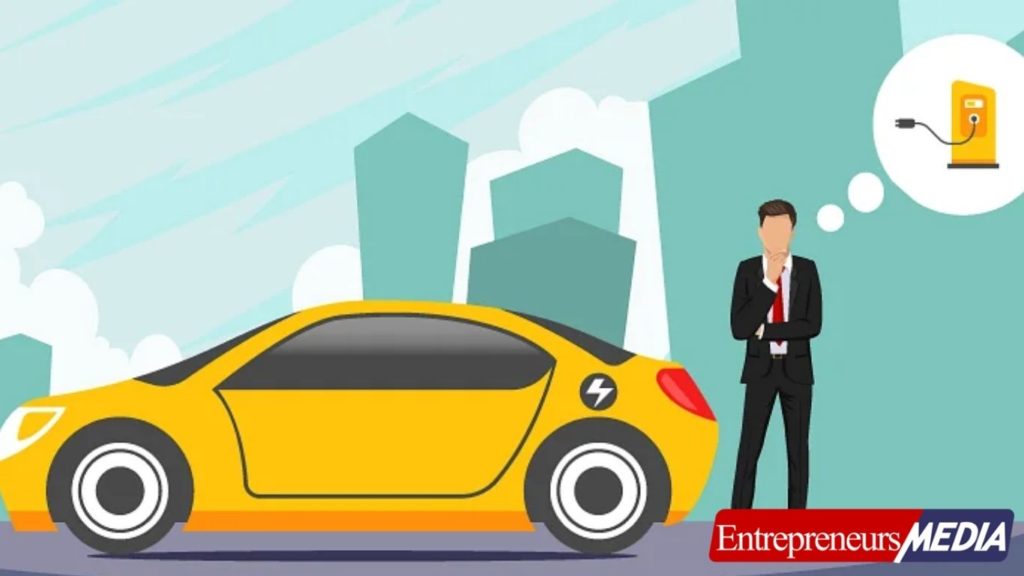
There is currently no direct comparison between the number of gas stations. And the number of charging stations. Many people charge at home every night and don’t need access to other charges. This is a small consideration. In the previous five years. The number of charging stations has increased across the country. As of February 2021. The United States had about 40k charging stations, according to statista.com. As EV adoption rises, this number will only rise.
Automakers have also made a strong push to help hasten. The growth of charging stations should help reduce the problem in the coming years. For instance, GM recently announced a deal with EVgo. (the nation’s largest public fast-charging network). To build more than 2,700 more stations in public places over the next five years.
CHARGING TAKES MORE TIME:
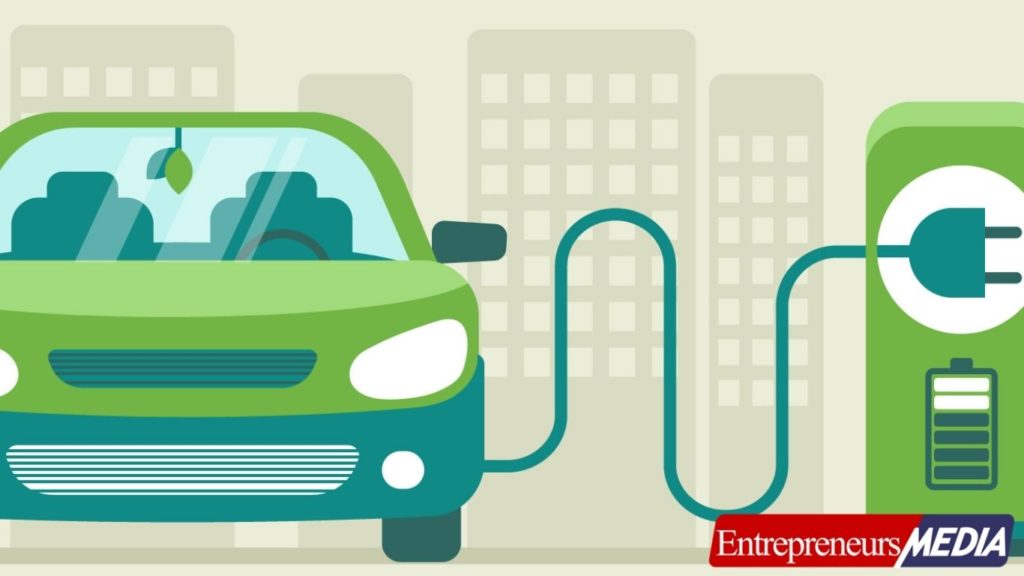
One advantage of gas versus electricity is how it can be refilled. It takes two to three minutes to fill up your tank at a gas station. It can take hours to charge an electric vehicle. The length of time depends on the car model and the charger’s throughput. Newer fast chargers have a greater power rating and can charge a battery to 80% in around 30 minutes. This time should continue to shrink as technology improves. Many people are unconcerned with this because they drive less than their EV’s range most days. But those who need to go larger distances about it.
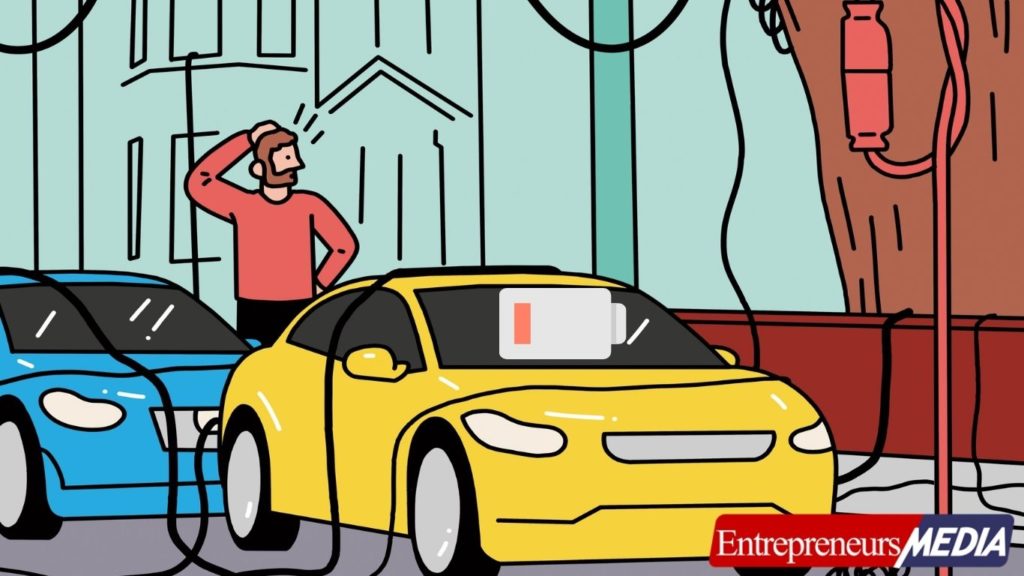
ON A FULL CHARGE, THE DRIVING RANGE:
In recent years, battery technology has enhanced the range of electric cars. New electric automobiles with an effective range. More than 200 miles are commonplace. On a full charge, the 2021 Bolt EV has a range of 259 miles. Whereas the Tesla Model S has a range of 387 to 520 miles. Gas-powered cars, but, have a range of roughly 400 miles per tank of gas. If you go on lengthy drives, the range should be a major factor in your buy decision.
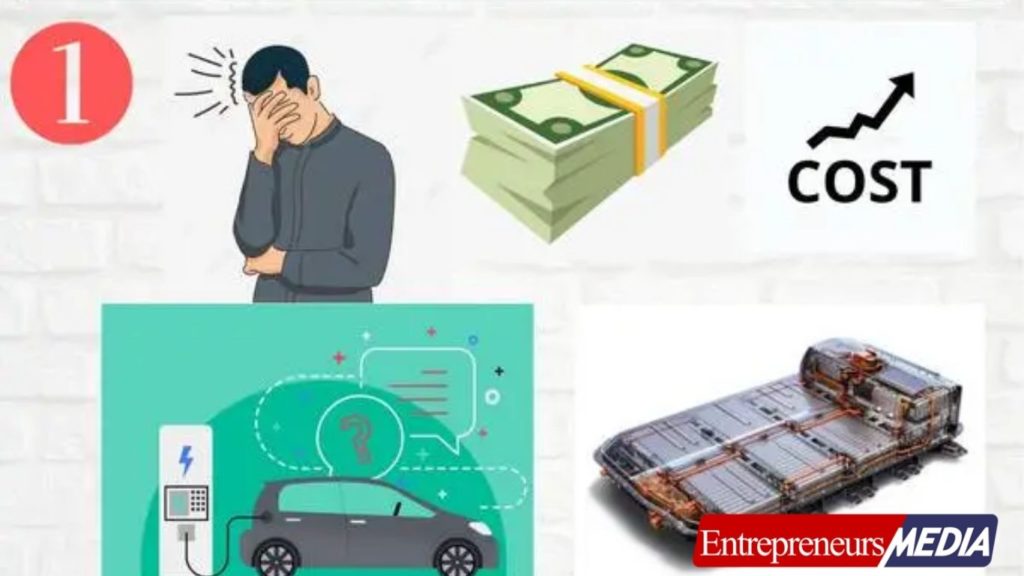
INITIAL PURCHASE COSTS ARE HIGHER:
While all-electric automobiles are less expensive to operate than their gasoline-powered counterparts. The lower ongoing costs usually come at the expense of a greater buy price. The present price difference between identical devices appears to be roughly $10,000. But as technology improves, this gap should narrow. Despite this, when petrol and maintenance costs are factored in. EVs tend to be less expensive over the life of the vehicle. State and federal incentives and rebates, but, can often lose some or all of this buying gap. Please contact us for more details, since these rebate programs are subject to change.

BATTERIES ARE EXPENSIVE TO REPLACE:
The last disadvantage of electric automobiles. Be aware of the high cost of changing the battery packs. One of the main reasons that EVs have a greater initial cost is because of the batteries. A complete replacement can cost up to $6,000. But, as technology progresses, these costs are decreasing. This problem is addressed by the fact that full battery replacement. Is rarely required and EVs are often less expensive to operate over their lifetime.
Why electric cars are the future?
Electric vehicles offer a strong potential to reduce emissions. And aid in the fight against climate change. Often, they will most likely replace combustion engines. To establish a sustainable future. But, an effort across many different domains is required.
Upcoming Electric Cars in India in 2022
1. BMW i3
3. Audi e-Tron
9. GMW ORA R1

